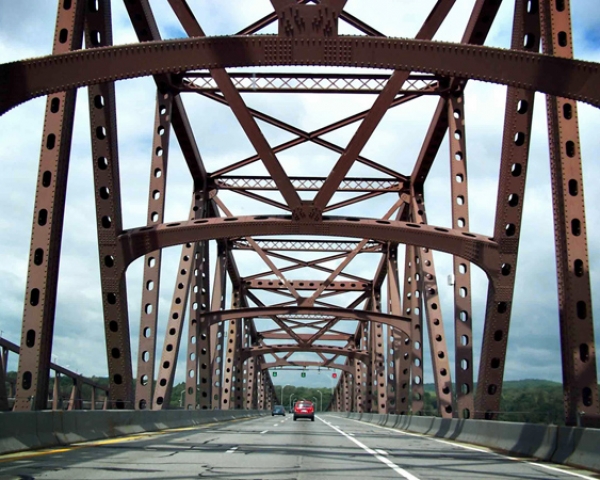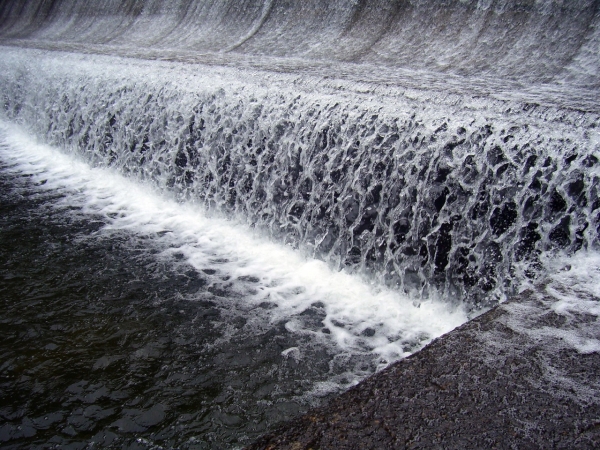Watts It Matter to You? Electricity Transmission
As stated in Watts it Matter to You? Electricity Generation, the American Society of Civil Engineers (ASCE) assigned the United States’ ENERGY infrastructure a grade of “D+” on their 2009 Report Card for America’s Infrastructure. Electricity transmission, which is the second of three installments on energy, covers transmission lines and grid networks, “green” power transmission, and "smart" grids. Electricity distribution will be covered in installment three as we follow the path of electricity from a power generating facility to your home or business.
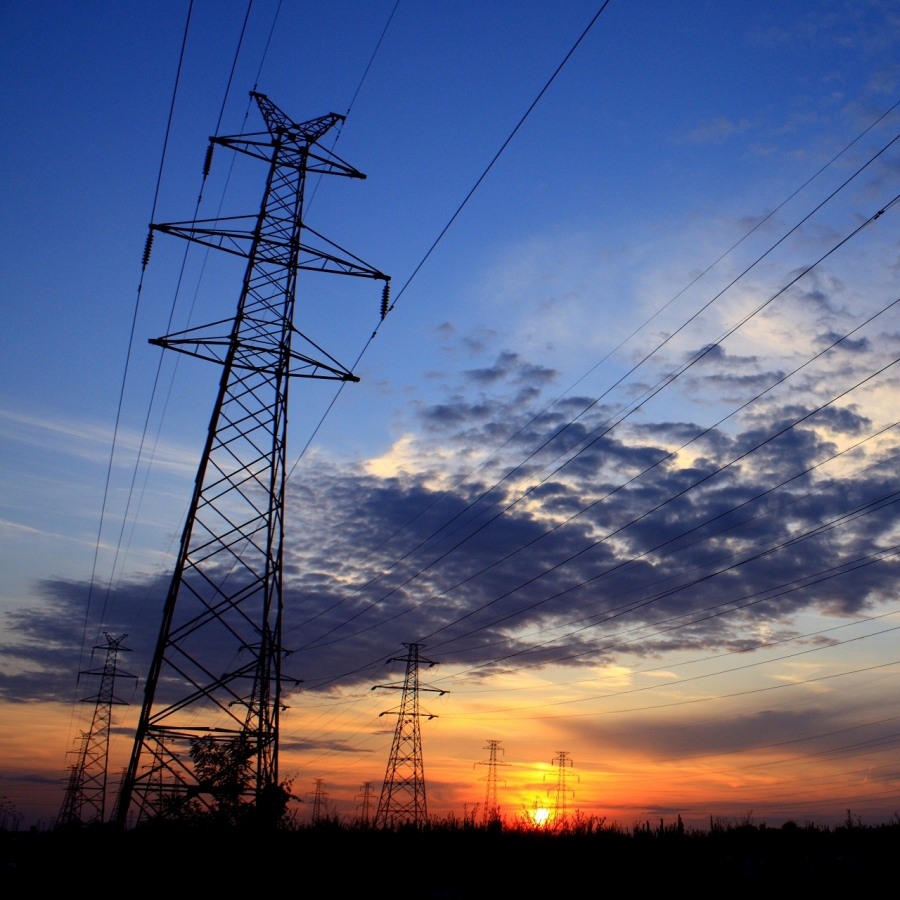
Electricity Transmission
U.S. Infrastructure Series
U.S. Infrastructure - Obvious But Unnoticed
Three Square Miles Of Concrete
A Bridge To Everywhere
It's About Dam Time!
We Might Have A Drinking Problem
Regardless of the type of power plant used to produce it, the electricity leaving a power plant and bound for the grid is stepped-up rather significantly in voltage to facilitate its potentially long journey to an end customer. Electricity typically leaves a power plant at less than 30 kilo-Volts (kV), and its voltage is increased (by the transformers in an adjacent sub-station) to a much higher voltage, often as high as 765kV, and normally at least 155kV. As this occurs, the electricity leaving the power plant enters the transmission phase of our electrical journey.
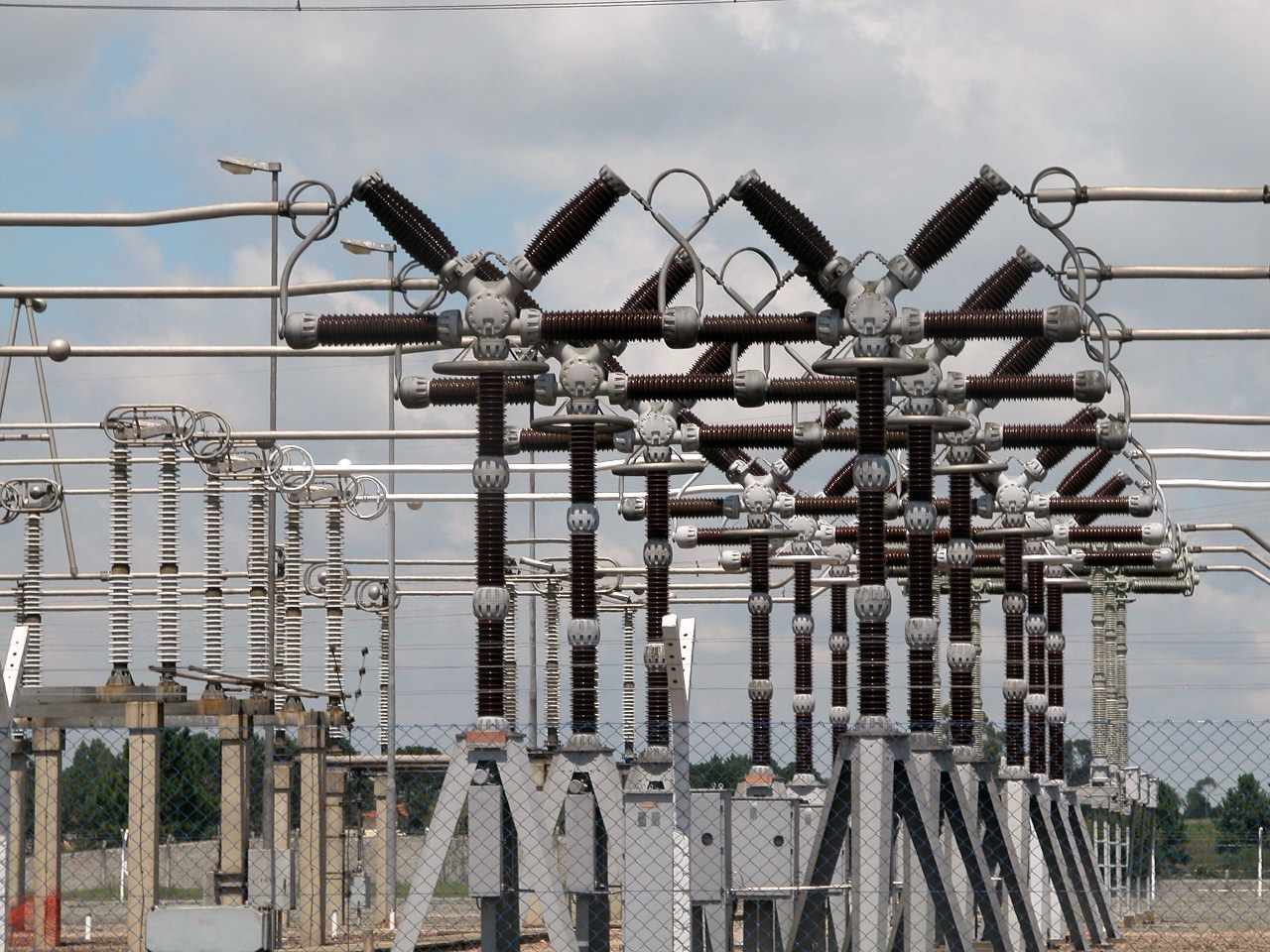
The physics of electrical power are behind the reasoning for this major voltage increase – higher voltages allow more efficient, and thus cheaper, transmission. To further illustrate the physics of electric power transmission, consider the basic formula:
- Power equals Voltage squared, divided by Resistance, or P = V2/R.
A 765kV transmission line will have nearly four times the capacity to deliver power than that of a 345kV transmission line, since power increases with the square of the line voltage. While 765kV transmission lines are incrementally more expensive to construct, they have greater payback potential considering the additional power they can transmit.
Arguably, the transmission system is where the most significant shortcomings exist in our power delivery process today. Requirements to clear numerous regulatory and project siting hurdles before new transmission line construction can even begin has been a major impediment to progress.
Our transmission system was largely designed and constructed in the 1960’s, and it was not envisioned that the system would have to service customers at such far-flung locations and receive power from the multitude of power plants that it now does. When the grid was constructed 40-50 years ago, on average, regional utilities oversaw self-serving portions of the generation, transmission, and distribution infrastructure. Since then, industry deregulation has facilitated fractured ownership, with power generating companies, transmission companies, investors, and local utilities now owning diverse, piecemeal stakes in the overall system.
United States Electric Grid
The United States has three major transmission grid networks: the Eastern Interconnection, the Western Interconnection, and the Texas Interconnection. The idea behind each of these regional interconnections is to provide system redundancy by structuring alternate pathways for electricity to flow in the event of isolated transmission line disruptions. There is also a non-profit organization, the North American Electric Reliability Council, which develops and enforces transmission standards and provides training for system operators.
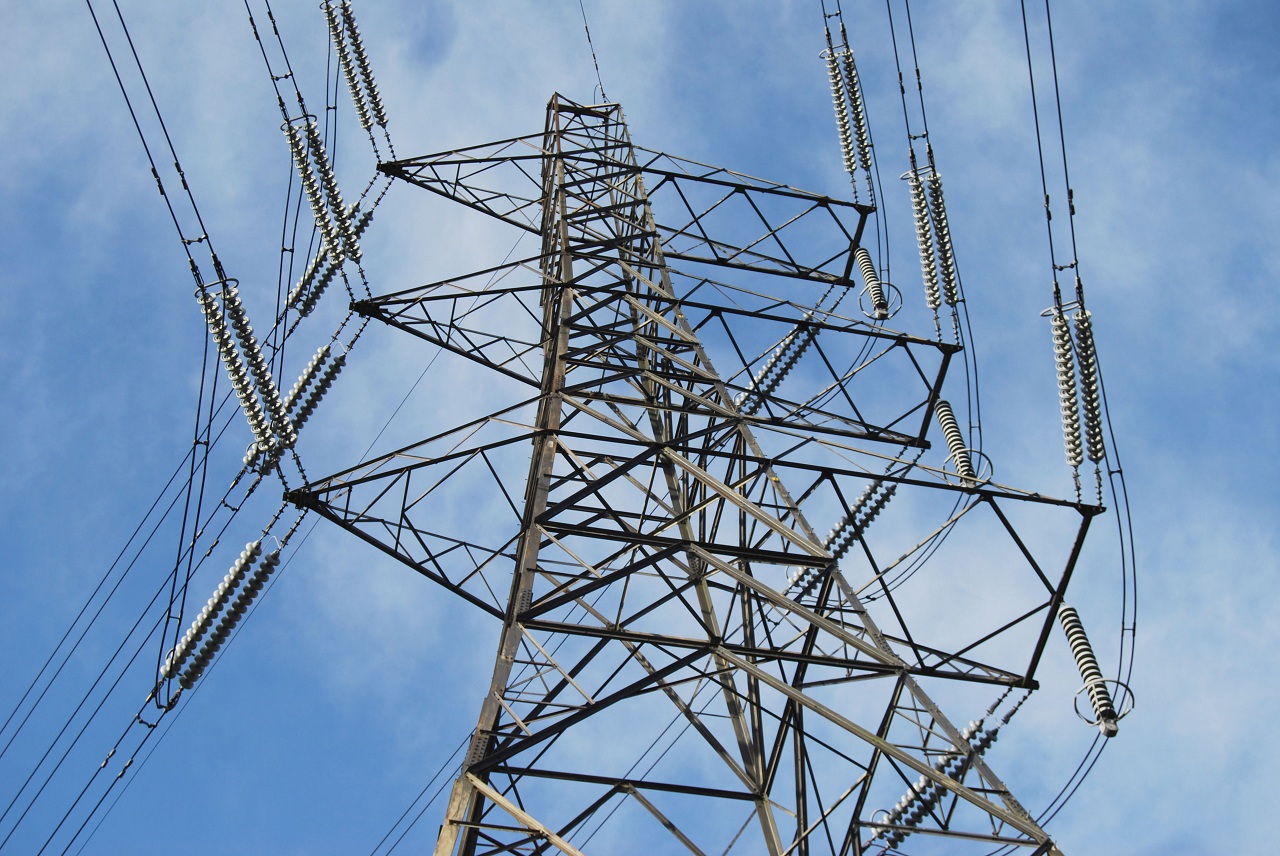
There are over 157,000 miles of “extra high-voltage” (over 230kV) transmission lines in the United States. Most transmission lines or conductors are made of aluminum (often with a steel core for greater strength). Although not extensively installed throughout the system, transmission lines can be monitored with distributed temperature sensing equipment that can accurately detect and report anomalies (as announced by deviations from normal and expected line temperatures). Most transmission systems are the traditional three-phase alternating current (AC) systems. High-Voltage Direct Current (HVDC) systems are an alternative to AC systems for long-distance transmissions over hundreds of miles. HVDC transmission systems have the advantages of lower line losses and better controllability, but HVDC equipment is notably more expensive to install. The type and voltage of transmission lines are quickly discernible to the industry professionals. Background reference information is helpful in discerning different transmission systems for more casual observers like myself.
Many authors note the challenges of transmission system congestion, which we are experiencing now as the growth in demand for new electricity exceeds our projected future capacity. Congestion creates several negative impacts, which include:
- Introducing greater “line losses” (caused by resistance, inefficiencies, heat generation, et al., from maximizing transmission lines’ capacity).
- Restricting consumer access to cheaper power rates at certain times of the day.
- Increasing the risk of blackouts because of limited transmission system redundancy, which impedes much needed upgrades or emergency repairs.
"Green" Power Transmission
We previously mentioned innovative “green” power generating technologies and indicated that they unfortunately now contribute a very small percentage of our electricity. One big shortcoming of future power production via these means is the transmission system. The system is not built for consistent or pragmatic transactions of “green” power onto the transmission network, particularly from the geographic locations and timeframes occasionally best suited to these technologies. For example, there is inadequate transmission to deliver much of the wind and solar potential available in the United States.
An example of this situation, with regard to wind-generated power specifically, is evident in West Texas. Being more sparsely populated, this part of the country is suited for the unencumbered construction of new transmission lines, and it witnesses consistent wind speeds suitable to rotate wind turbine generators. However, additional electric power is not needed in West Texas, and excess power from there would need to be routed great distances to add value to the grid. Considering these factors, harvesting wind turbine power from West Texas (and other theoretically suitable locations throughout the country) is not cost-effective. Solar power arrays in American deserts encounter similar return-on-investment shortfalls.
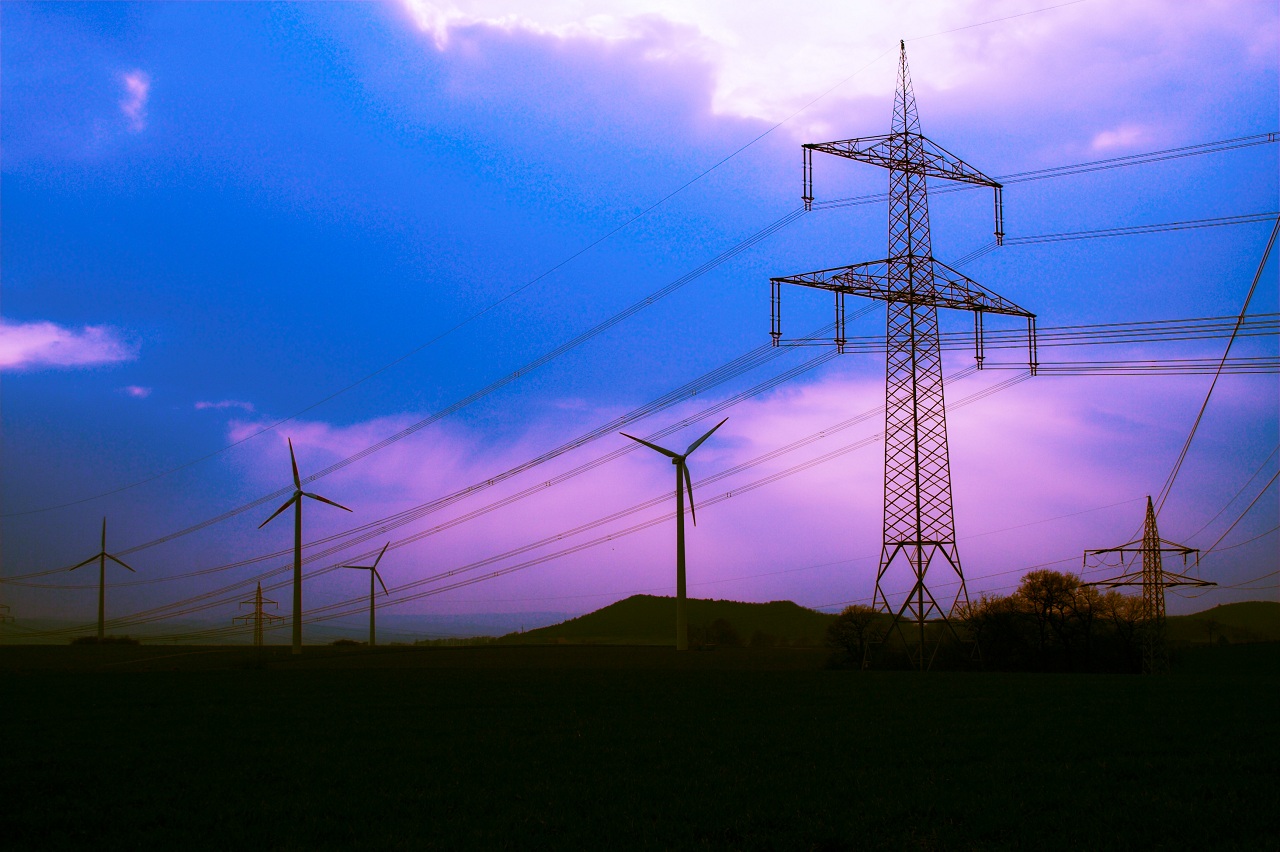
Smart Grids
One author handily describes the current woes of our electrical transmission system through a convenient analogy to a water piping system. Water pipes are built only so large and they can handle only so much flow rate (as relates to amperage) and pressure (as relates to voltage). Throughout any given day, there may be periods of excess flow and periods of trickle flow, relative to consumer use. When you turn on the “electrical spigot” (the major equipment in your business or home, per this analogy), the transmission system may be challenged to provide what you need, particularly at a favorable cost.
The water pipe analogy is a good set-up for an introduction to the smart grid concept, which would attempt to logically apply electric power to the grid, when and where needed, to optimize the entire system in a careful balance of supply and demand. The net effect and desired outcomes of such a smart electric grid would be to solve the several problems just noted. With today’s alternating current (AC) grid, power flows where it wants based on the relative size of the paths it might take. With a smart grid, power will be able to be routed along specific paths by a control system operator, using new technology known as FACTS – Flexible AC Transmission Systems. Also, a smart grid would employ more advanced monitoring and protection, allowing greater utilization of existing facilities. A smart grid, combined with an overall transmission network master plan and an astute new construction effort of new transmission lines, would go a long way toward solving our current transmission system woes.
Considerations
Electric transmission is governed by the Federal Energy Regulatory Commission (FERC). However, FERC still must accommodate inputs and requirements of the local municipalities that transmission lines cross through. Here’s a statement from the front page of the FERC website: “FERC becomes involved in transmission siting only in certain situations where states do not or cannot site the facilities.”
Over the last few decades, attempts to construct new transmission lines have been long and expensive efforts. Even projects that are obviously needed take many years to obtain the necessary clearances, rights-of-way, and permits. The public has competing interests in mitigating future black-outs, but avoid new transmission construction projects that create personal impacts. This conflict is the transmission system’s version of the ‘Not-In-My-Backyard’ (NIMBY) syndrome. Right or wrong, environmental and special interest groups have historically employed court injunctions and other approaches to challenge transmission line construction.
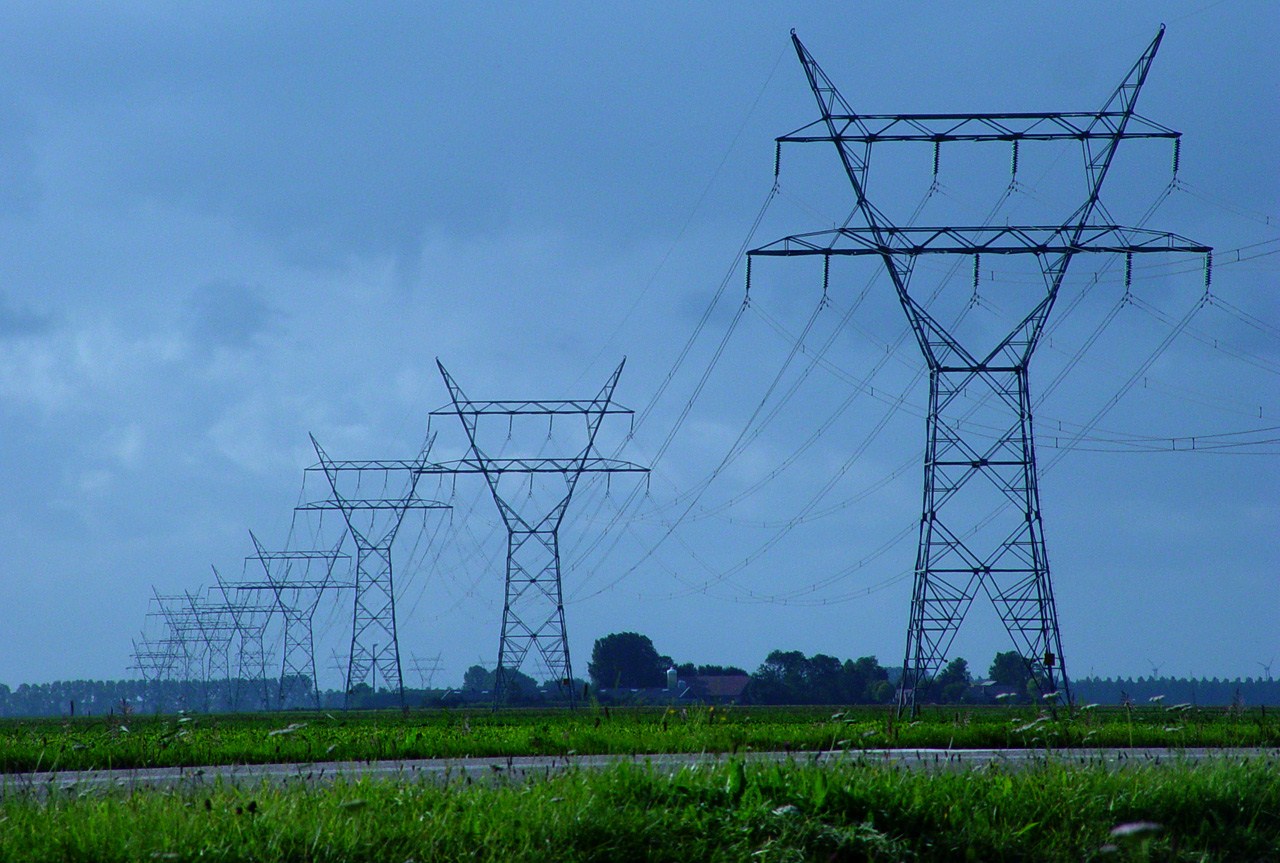
Coming off the transmission network, electricity is stepped-down in voltage at thousands of sub-stations throughout our communities. In some cases, transmission line voltages are stepped-down below 110kV, and referred to as sub-transmission lines, before becoming further stepped-down to officially enter into the realm of the distribution system.
The further downstream the electricity flows in the distribution system, the further stepped-down in voltage it usually becomes, eventually entering most homes at 240/120 volts. Different businesses, campuses, and manufacturing facilities will draw power from the distribution system at voltages appropriate for their needs. The distribution system is where most of the local utility companies have extensive oversight and involvement.
Join us again soon on Buildipedia.com for the final installment on the United State's energy infrastructure, Watts it Matter to You? Electricity Distribution, when we continue to investigate America’s electric utility system with Mr. Bill Randle.
Mr. Bruce Renz and Mr. Bill Randle were technical contributors to this article. Both are consultants to the electric power industry.

Andrew Kimos
Andrew Kimos completed the civil engineering programs at the U.S. Coast Guard Academy (B.S. 1987) and the University of Illinois (M.S. 1992) and is a registered Professional Engineer in the state of Wisconsin. He served as a design engineer, construction project manager, facilities engineer, and executive leader in the Coast Guard for over 20 years. He worked as a regional airline pilot in the western U.S. before joining the Buildipedia.com team as Operations Channel Producer.
Website: buildipedia.com/channels/operations
